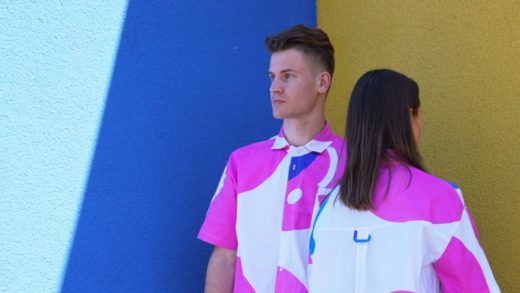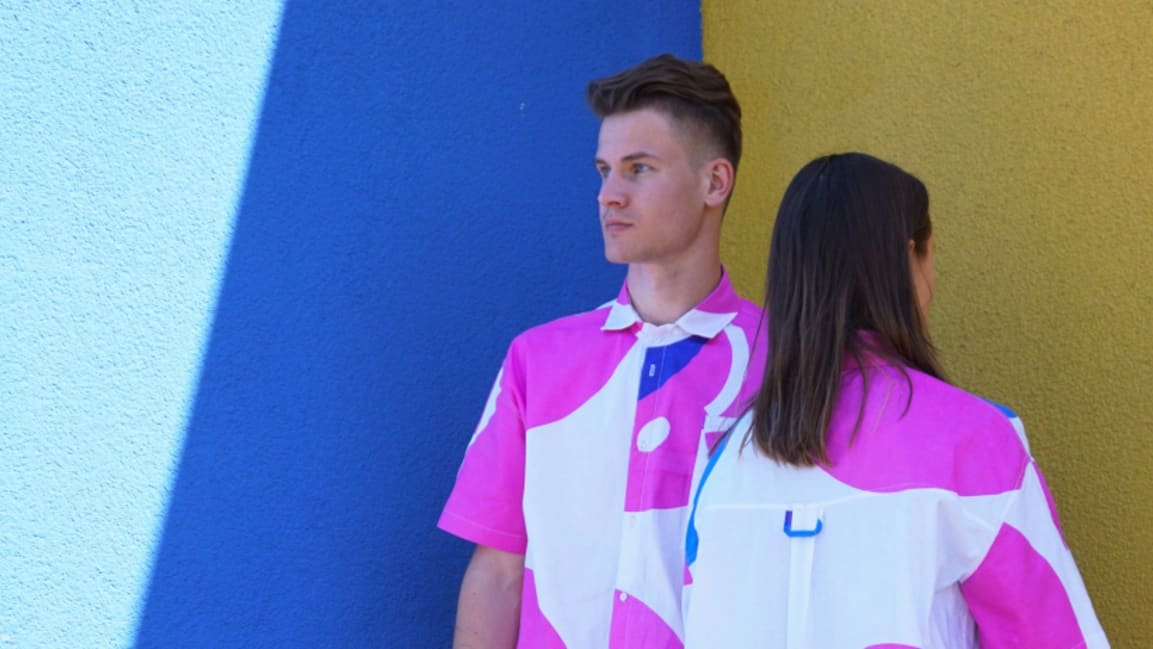See what Virgil Abloh thinks will be the future of sustainable fashion
Making clothes is notoriously wasteful. Fabric comes in large bolts which are then cut into pieces to be sewn into a garment, but the process typically wastes about 15% of the material. When you consider that 100 billion articles of clothing are made every year, the immensity of the waste is staggering.
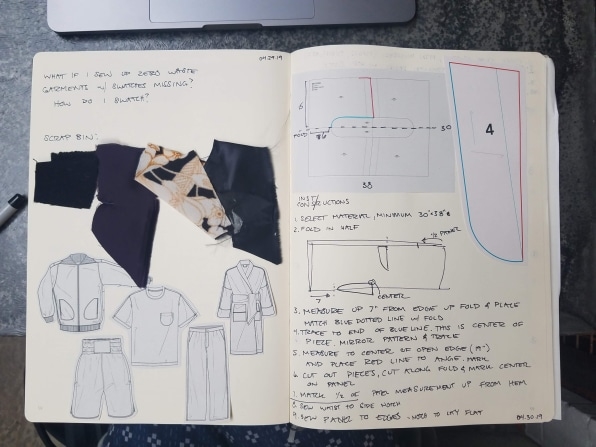
While some industry players have developed tools to cut down on waste—Nike uses leather scraps to create patterns on shoes, and French tech company Lectra has an algorithmically driven cutting machine that makes the most of each piece of fabric—none of these solutions have scaled. This is partly because many designers aren’t trained in zero-waste design and factories aren’t equipped with the technology they need to execute such designs. Emerging designer Danielle Elsener, 29, wants to change that. “The scale of the waste is astronomical,” says Elsener. “So any zero-waste solution needs to be scalable, so that it becomes an industry norm.”
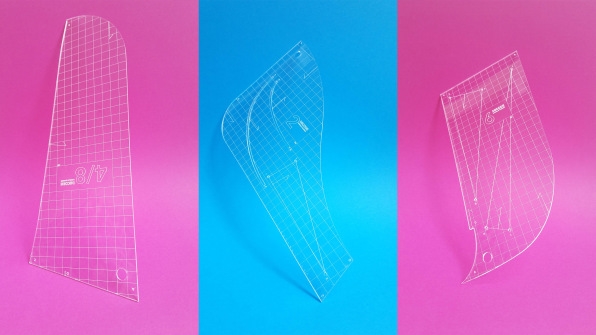
Elsener has won a $59,000 grand prize from Virgil Abloh and Evian, as part of a new grant announced during New York Fashion Week, to create a platform aimed at teaching designers across the industry about zero-waste design. The grant, called Active Movement, was aimed at ambitious, environmentally minded design projects from young professionals between the ages of 18 and 35. Abloh himself judged the entries, along with an expert panel and Shweta Harit, Evian’s global VP.
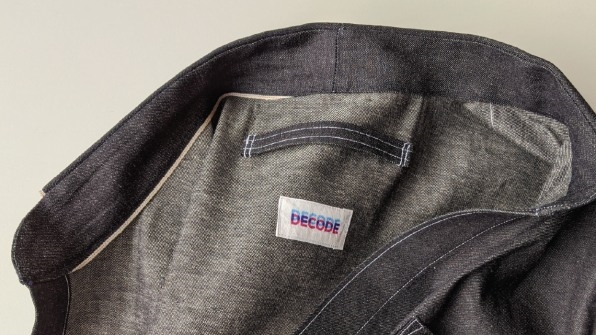
Elsener’s winning proposal offers a two-pronged approach to eliminating waste in the fashion industry. The first part is education. She will be launching a series of workshops and courses, in cities across the world, to teach the foundations of zero-waste design, and also host collaborative conversations to share the latest techniques.
The second part will take more time, and it involves collaborating with tech companies to incorporate zero-waste software and machinery into factories. “We’re already up and running with the educational component,” says Elsener. “We’re now using the grant to work on the second part.”

The Portland-based designer recently completed her degree in menswear from the Royal College of Art in London. As a student, she developed a set of master patterns that help designers think of a swath of fabric as a puzzle, where any empty space can be used as part of a garment. The patterns break down the material into lines and shapes that can be put to productive use. She showed how the system works in her thesis project—a collection of men’s garments you see in the images here.
As a student, Elsener also launched workshops to explain her approach to other designers and gather insight from them on how the system can be improved. Over time, her classmates began to use the system as well. This led to discussions about how to scale the method to an industry-wide level and overhaul factory infrastructures, which all went into Elsener’s proposal for the Active Movement grant.
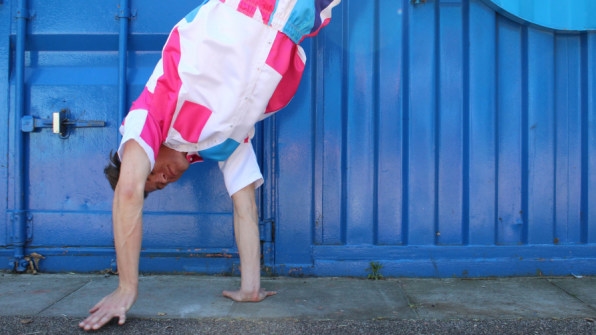
Throughout her studies, she thought it was strange that so many designers aspired to be sustainable but couldn’t actually execute sustainable techniques at scale. The sustainability nonprofit the Ellen MacArthur Foundation estimates that the fashion industry generates an estimated 92 million tons of textile waste annually, which is the equivalent of one garbage truck of textiles landfilled or burned every second. “The fashion industry is built on infrastructure—from the factories to the design software—that is not fundamentally sustainable,” she says. “I realize we need to find a way to change the way people think about design as quickly as possible.”
Elsener likes to think of problem-solving in terms of puzzles. She enjoys the challenge of creating no-waste patterns on a swath of fabric. But she also sees making the fashion industry more sustainable as a puzzle that needs to be solved. “It’s a complicated system that requires a complex solution,” she says. “But I’ve always loved puzzles, riddles, and problem-solving games.”
With more than $50,000 in hand, she plans to partner with software companies and factories to start building out high-tech zero-waste manufacturing facilities that small, independent designers can use (right now, the technology is so expensive that only large companies can afford it). It’s a bold vision, but she now has a newfound platform through the Activate Movement. In his role as head of menswear at Louis Vuitton and the creative director of his own brand, Off-White, Abloh has connections throughout the design world that might be deployed to help Elsener get this project off the ground.
(37)

